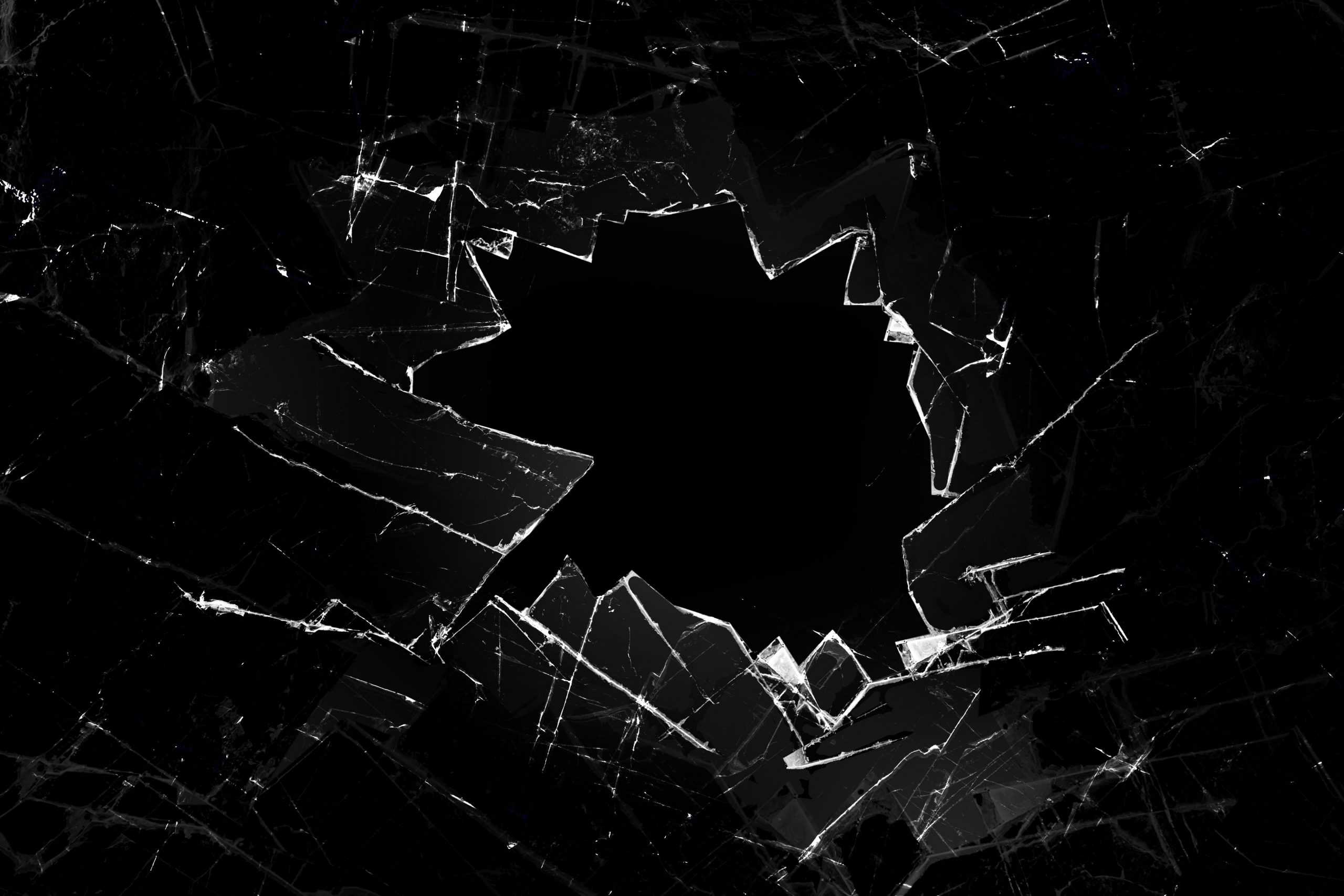Claims for damage are among the most frequently made against tenancy deposits. 41% of disputes handled by tenancy deposit protection scheme SafeDeposits Scotland between January and June 2023 involved a claim for damage, with only cleaning claims exceeding this percentage.
They are also among the highest claims made, with an average claim of £298 (higher than the average claims for cleaning, gardening and redecorating) for the same six months.
Compared to cleaning and gardening, where disputes often arise from differing ideas of standards, damage might seem like more of an open and shut case, however, damage disputes do come with their own unique circumstances which landlords and tenants should consider.
Fair wear and tear
There’s damage, and then there’s fair wear and tear, and the two are quite distinct. Damage is something that is usually avoidable. If damage has been caused by the wilful act of a tenant, or by carelessness on their part, then the landlord will most likely have a case to claim for damage provided they have the all-important evidence to support this. However, if a fridge simply gives up the ghost one day, or a carpet starts to thin in parts, this could be fair wear and tear. Put simply, fair wear and tear is when the state of an item deteriorates as a combined result of its lifespan and its intended use.
The Scottish Association of Landlords (SAL) provides some helpful comparisons between fair wear and tear and damage on its website including, to stick with the carpet example, wear and tear being where it is worn, compacted or discoloured from footfall; damage being where the carpet has suffered a burn mark, red wine stain or tear.
To state the difference between damage and fair wear and tear is not, however, to say that adjudicators’ decisions would simply rely on this distinction alone in the event of a dispute. They will consider a variety of elements, including the length of the tenancy, the number of occupiers and the original quality of the item affected.
Betterment
Betterment is a concept closely linked to fair wear and tear, and concerns the prospect of a landlord ending up in a better position, either financially or materially, at the end of the tenancy than they were at the start. This is not something that should happen at the expense of the tenant, and therefore, adjudicators must take betterment into account when considering claims for damage made against a deposit.
“With carpets, the concept of betterment is very important to consider,” a spokesman from designer-carpet.co.uk told us. “Landlords can’t expect tenants to foot the bill for a brand new carpet if the existing one was already nearing the end of its lifespan. Any damage claim and award needs to be proportionate to the carpet’s age and condition at the start of the tenancy. To save money on replacements, landlords can look into using carpet remnants for smaller areas instead of installing new broadloom carpet throughout.”
Take, once again, a carpet which in this instance has a cigarette burn on it at the end of the tenancy. The landlord certainly has a case to claim against the deposit for damage, however, the award made by the adjudicator will be proportionate. If the carpet is 15 years old and had seen better days even before the tenancy started, the landlord cannot expect to use the tenant’s deposit to cover the full cost of a brand new carpet. The area of the carpet affected would also be taken into account.
‘One tenancy’ items
There are certain items which, for matters of hygiene, should typically be replaced between each tenancy. Mattress protectors, shower curtains and toilet brushes are the most obvious examples of these.
If a claim was made for a torn mattress protector, an award would not be made for this, as it is ultimately something that should be disposed of at the end of the tenancy. If the mattress itself was damaged this would of course be a different matter, and with supporting evidence, a claim for this would be considered.
The little things
A smashed window, a cupboard door knocked off its hinges, an iron burn on a worktop – these are examples of damages that will be immediately apparent, and when they occur, most tenants will be concerned about either what they can do to rectify the situation or the impact it might have on their tenancy deposit. But tenants should also be aware of some smaller, seemingly innocent actions, that can result in damage and could lead to a claim against their deposit.
One common example is the excessive use of blu-tack. This otherwise handy adhesive can in some cases stain paintwork, or even lift paint. If someone has used blu-tack to hang a multitude of posters in a room, the result at the end of the tenancy could be walls covered in little dots that will require some work to remove.
Another example is frequently walking on hardwood floors in stiletto heels. It might just be second nature for the person wearing the shoes, no different to wearing any other kind of footwear, but this could cause noticeable damage to the flooring and would not be classed as fair wear and tear.
Who’s responsible?
One final point that is another consideration for tenants in particular, regards damage caused by a visitor to their rented property. The damage was caused by someone else is often provided as a defence in negotiations surrounding end of tenancy disputes, and while this may have been the case, the tenant is ultimately liable for any damage caused to the property during their tenancy.
The tenancy agreement is between the landlord and the tenant, not the guest who spills the red wine on the carpet.












